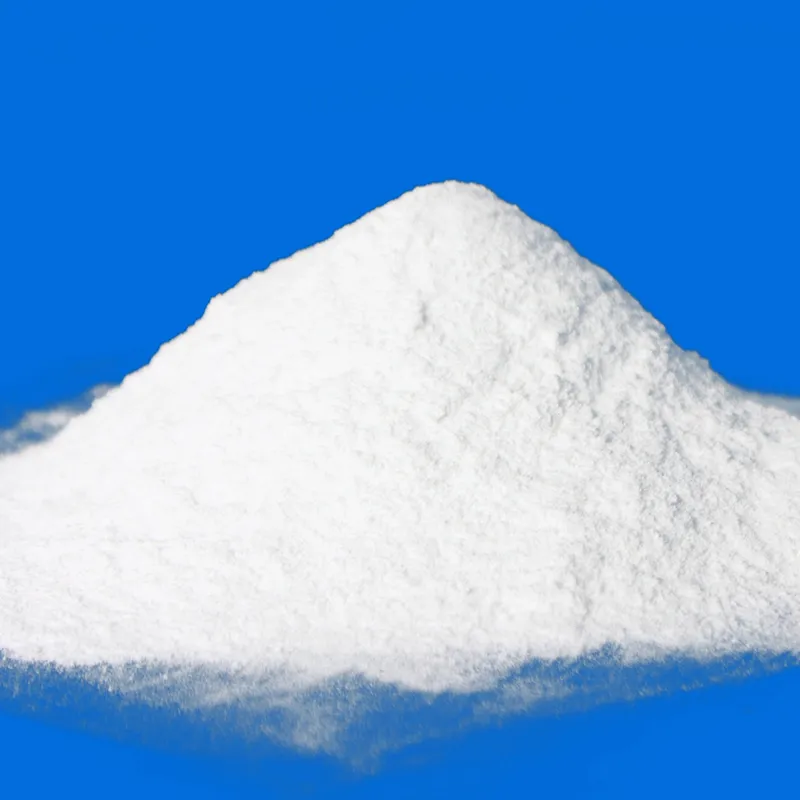
e334 food additive
Understanding E334 The Role of Tartaric Acid in Food Additives
The world of food additives is both fascinating and complex, populated by a myriad of substances that enhance our culinary experiences. Among these, E334, commonly known as tartaric acid, plays a significant role. This organic acid is widely used in the food industry for its unique properties and functions, contributing to the texture, flavor, and stability of various products.
Understanding E334 The Role of Tartaric Acid in Food Additives
One of the primary functions of tartaric acid in food production is as an acidulant. It imparts a tart or sour flavor to foods, enhancing the overall taste experience. In baking, E334 is often combined with baking soda to create a leavening effect. When these two ingredients react, carbon dioxide is released, causing dough to rise and achieve a light, airy texture. This reaction is especially popular in recipes for cakes, cookies, and quick breads, making tartaric acid a staple in many kitchens around the world.
e334 food additive

In addition to its culinary applications, E334 possesses stabilizing properties that make it valuable in maintaining the quality of food products. For example, tartaric acid is used to prevent crystallization in sugar syrups and candies, helping to achieve a smooth, consistent texture. It also plays a role in the stabilization of certain proteins, which is particularly important in the production of products like mousses and foams.
Health-wise, tartaric acid is generally recognized as safe for consumption. It is naturally occurring in many foods and is easily metabolized by the human body. However, as with all food additives, moderation is key. Some individuals may have sensitivities or allergies to certain compounds, making it essential to monitor consumption and ingredient lists.
The use of E334 is also relevant in the context of vegan and vegetarian diets, as it serves as a suitable alternative to animal-derived stabilizers and thickeners. With the growing trend towards plant-based diets, the prominence of tartaric acid and other natural additives is likely to increase.
In conclusion, E334, or tartaric acid, is a versatile and essential food additive that enriches our food experience in numerous ways. From enhancing flavor profiles to serving as a stabilizing agent in various products, its contributions to the food industry are invaluable. As consumers become more informed about the ingredients in their food, the role of natural additives like E334 will continue to gain recognition, highlighting the importance of understanding what we consume. Whether you are a chef, a food enthusiast, or simply someone interested in the science of food, the story of tartaric acid is one worth exploring.
-
Pure Sodium Dichloroisocyanurate Dihydrate | Powerful DisinfectantNewsAug.29,2025
-
Industrial Chemicals: Quality & Purity for Every IndustryNewsAug.28,2025
-
Nitrile Rubber Honoring Strict Production StandardsNewsAug.22,2025
-
Aspartame Ingredients Honoring Food Safety ValuesNewsAug.22,2025
-
Fertilizer for Balanced Plant NutritionNewsAug.22,2025
-
Cyanide Gold Processing with High Purity AdditivesNewsAug.22,2025
-
Formic Acid in Textile Dyeing ApplicationsNewsAug.22,2025
Hebei Tenger Chemical Technology Co., Ltd. focuses on the chemical industry and is committed to the export service of chemical raw materials.
-

view more DiethanolisopropanolamineIn the ever-growing field of chemical solutions, diethanolisopropanolamine (DEIPA) stands out as a versatile and important compound. Due to its unique chemical structure and properties, DEIPA is of interest to various industries including construction, personal care, and agriculture. -

view more TriisopropanolamineTriisopropanolamine (TIPA) alkanol amine substance, is a kind of alcohol amine compound with amino and alcohol hydroxyl, and because of its molecules contains both amino and hydroxyl. -

view more Tetramethyl Thiuram DisulfideTetramethyl thiuram disulfide, also known as TMTD, is a white to light-yellow powder with a distinct sulfur-like odor. It is soluble in organic solvents such as benzene, acetone, and ethyl acetate, making it highly versatile for use in different formulations. TMTD is known for its excellent vulcanization acceleration properties, which makes it a key ingredient in the production of rubber products. Additionally, it acts as an effective fungicide and bactericide, making it valuable in agricultural applications. Its high purity and stability ensure consistent performance, making it a preferred choice for manufacturers across various industries.





